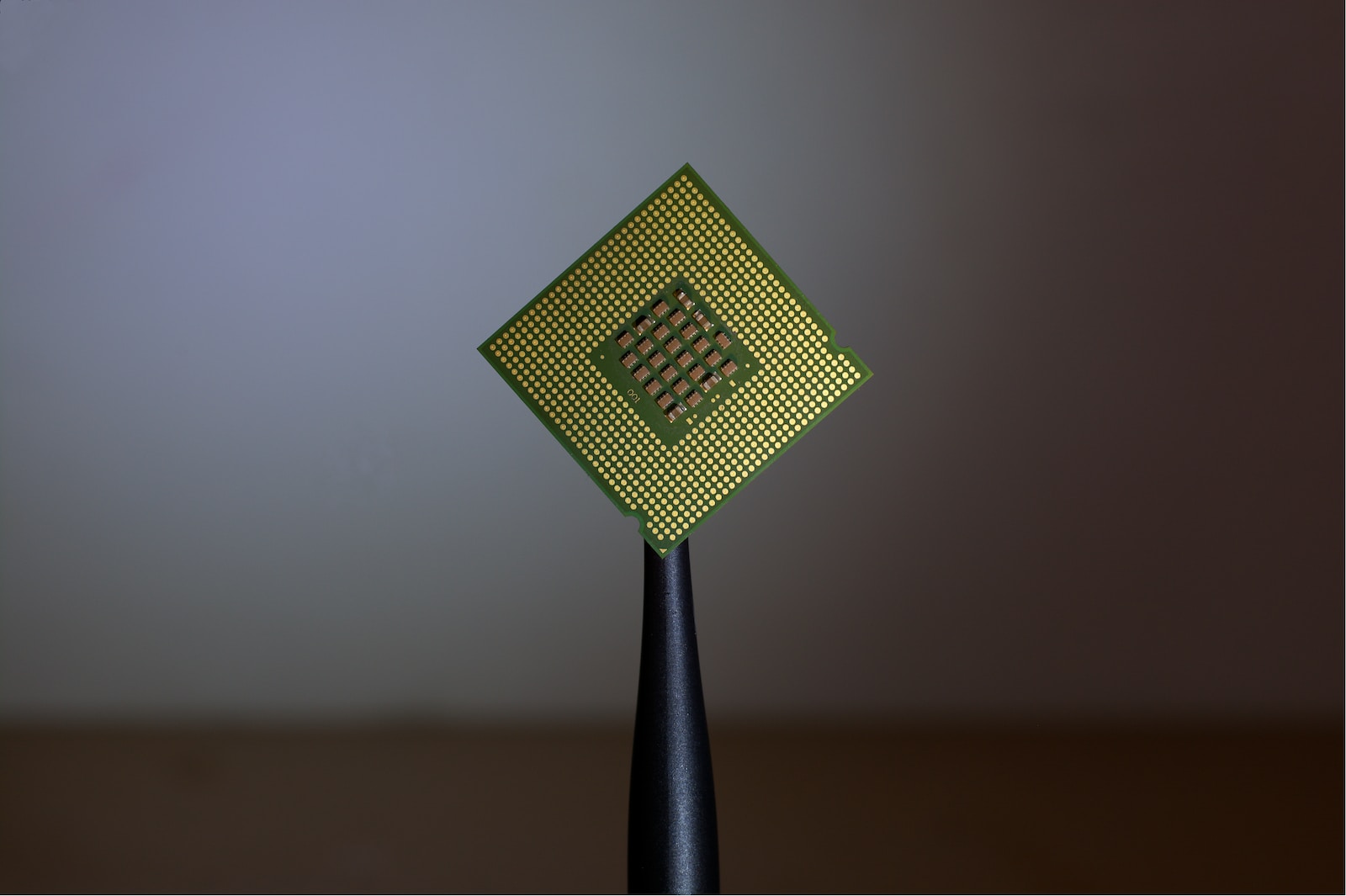The race between China and the US-led alliance is a test against time. The country led by Xi Jinping desperately needs to bolster its semiconductor industry by developing its own state-of-the-art lithography equipment . Only in this way will he be able to become independent of technologies from abroad and immunize himself against the sanctions of the countries with which he maintains a pulse in the geostrategic and economic spheres.
Achieving this goal in a measured period of time is not easy, and the only strategy China can choose is to undertake large investments to deal with the enormous technical challenges involved in developing its own extreme ultraviolet lithography equipment ( SVU). It’s just what it’s doing, but it’s unlikely to achieve its purpose during the current decade. The only company that manufactures these machines is the Dutch company ASML, and it was forced to invest two decades in its development despite having considerable financial and technical resources.
The options that the US and its allies have on the table are essentially two. The first is to stop China’s technological development, and sanctions are the pillar on which they are basing this strategy. The second is even more important, and requires accelerating the development of semiconductor technologies as much as possible in order to permanently stay ahead of China. In this context ASML plays a leading role, and is about to materialize a milestone that will have a great impact on the entire integrated circuit industry.
The fastest development in the chip industry is about to be unleashed
ASML has been engaged for a long time in the development of its high-aperture EUV lithography equipment ( EUV High-NA ), which are, in short, its second-generation EUV machines. He probably began working on them even before completing the development of his original SVU machines, and the most optimistic forecasts were that the first units would be ready in the middle of this decade. Against all odds, this company has exceeded expectations, and it has done so, most certainly, spurred on by the current situation.
ASML will deliver its first high-aperture UVE lithography equipment to one of its customers before the end of this year
And this very week Peter Wennink, the general director of ASML, has confirmed that his company will deliver its first high-aperture UVE lithography equipment to one of its clients before the end of this year. The name of the client has not been revealed, but it is very likely that it is Intel. The company led by Pat Gelsinger aims to have its 18A (1.8 nm) lithographic node ready during the second half of next year, and needs this machine to meet its schedule.
Be that as it may, TSMC and Samsung will also most likely receive this equipment within a reasonable period of time, so it is plausible that when this decade ends, the high-aperture UVE lithography equipment will be working at full capacity not only in these plants. three companies, but also probably in those of the American memory manufacturer Micron and the South Korean company SK Hynix.
Each high-aperture EUV lithography equipment costs approximately $300 million (twice as much as a first-generation EUV machine), and, logically, the companies that are going to have them need to amortize the investment. Furthermore, the US and its allies are going to support the development of integrated circuits with cutting-edge lithography that in the medium term will not be within China’s reach.
In this context, users are going to be privileged witnesses of the fastest development to date of integration technologies. And on top of that, it is reasonable to assume that as the new nodes move into economies of scale, the chips produced in the previous ones will become significantly cheaper. There is one thing that is no doubt: the competition between TSMC, Intel and Samsung is going to be fiercer than ever in the coming years. And it is, without a doubt, great news for us, the users.


